World Series Stadiums
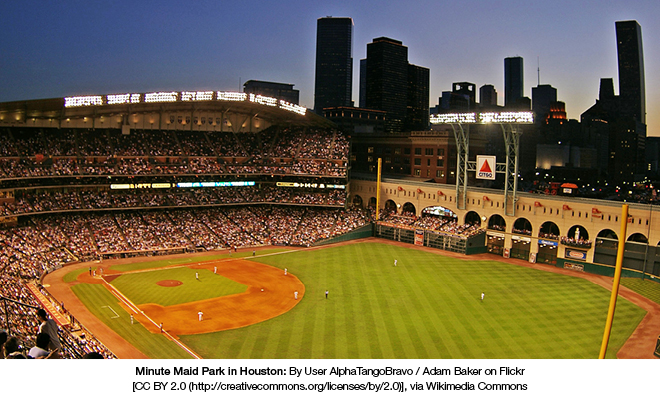
Architecture provides a backdrop, a setting, for the events of life, establishing boundaries to designate and define space. The setting of a story deeply influences the events, the mood, and the people involved. Think of The Phantom of the Opera without the opera house, or Gladiator without the Coliseum, or even Friends without Central Perk cafe and you will know what I mean.
Stadiums are good examples of a city’s architectural identity, often part of the recognizable iconography of a locale. This year, baseball’s World Series will be a best-of-seven-game face-off between the Houston Astros and the L.A. Dodgers, played amidst the backdrops of Minute Maid Park and Dodger Stadium.

Minute Maid Park has been home to the Houston Astros since the year 2000, replacing the Astrodome after 35 years of service. The Astrodome was the first domed sports stadium, while Minute Maid sports the city’s first retractable dome. Integrating with the city’s rich history, Houston’s old Union Station now acts as the main entrance and defines the left field wall. Atop this, a train runs along a track during key points in the game, parallel to the retractable roof’s path. Minute Maid Park is generally regarded as a hitter’s park, with nearer corners than other fields, making a home run just a touch easier. Renovations made in 2016 may add to this reputation with the removal of a sloping hill in deep center field with a flagpole in play, reducing baseball’s deepest center field at 436 ft to a meager 409. “Tal’s Hill,” as it was called, named after the then-Astros president, added history and homage to the park’s design. Tragically, Hurricane Harvey flooded the stadium when it ravaged the city in August, temporarily relocating the team to Florida. Presumably, the Astros are playing for hometown pride and human resilience as well as a championship.
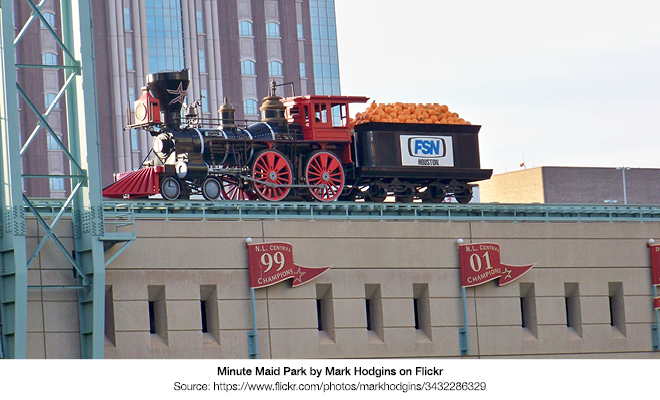
Dodger Stadium sits in Elysian Park of Los Angeles, with views of the downtown skyline to the south. It is the third oldest baseball stadium still in use, opening in 1962, ranking behind…you guessed it, Fenway Park and Wrigley Field. The stadium has a high capacity of seating at 56,000, as opposed to the Astros’ 41,000, and staggers the seating with bands of color reminiscent of the original muted 60’s pastels. The stadium uses a clever system of tiered parking lots roughly corresponding to the seat level, reducing the number of ramps within the stadium itself. Dodger Stadium is considered a pitcher’s park, where the coastal marine layer and a deep outfield contribute to difficulty hitting the ball out of the park. In fact, all six Pacific coast teams are affected by this and tend to be lower in the rankings of home runs. Notably, there have been twelve no-hitters thrown here, two of which were perfect games. This is advantageous to the Dodgers’ current excellent pitching staff.
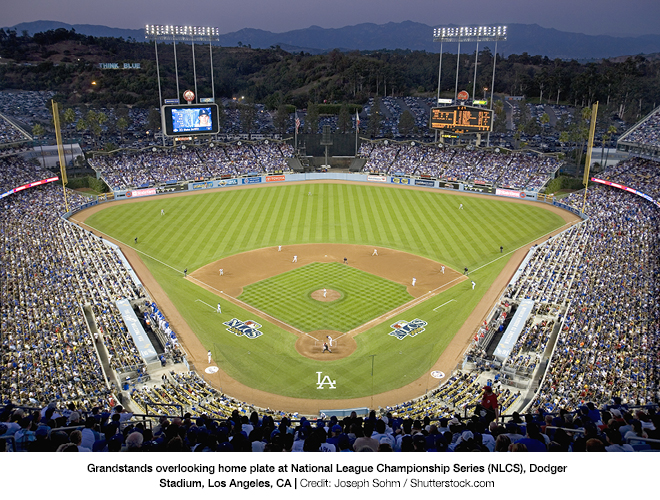
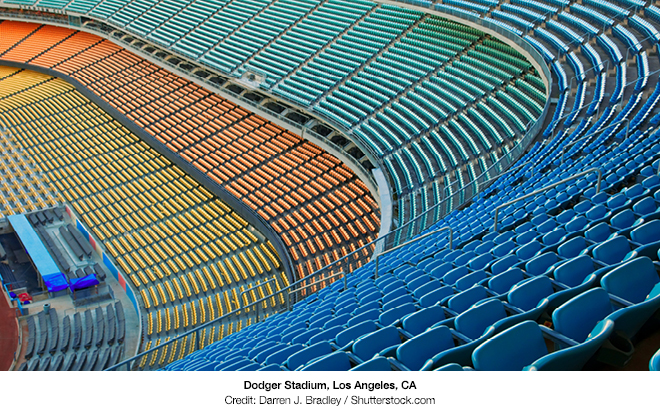
And so the stage is set for this year’s Fall Classic and the culmination of America’s favorite pastime. Just remember, that next year is an even year, and #togetherwearegiant.
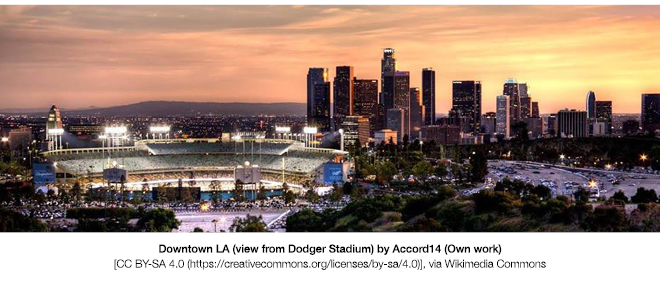



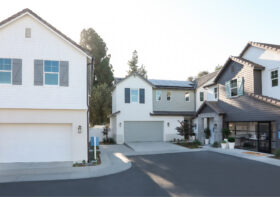
Leave a Reply